Location
577 to 608 of 942 results
-
Aanlegsteiger LM33A
Aanlegsteiger LM33A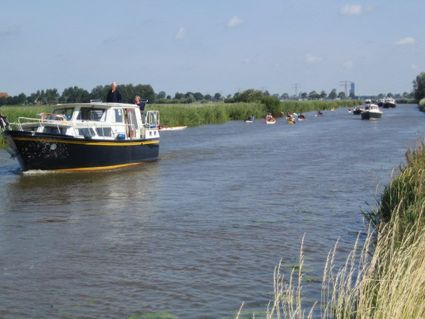 Driezum
Driezum -
Hoek van de Bant
Hoek van de Bant Anjum
Anjum -
Nature- and culture Park Vijversburg
Nature- and culture Park Vijversburg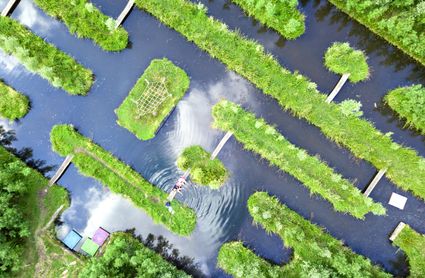 Tytsjerk
Tytsjerk -
Ritskebos
Ritskebos Burgum
Burgum -
The bombing of Terherne lock
The bombing of Terherne lock
On 11 November 1944, pilots of the Royal Canadian Air Force, based at Welschap airfield near Eindhoven, were ordered to bomb the lock at Terherne in two groups. The reason for the bombardment of Terherne lock was to restrict (German) transport movements. The lock complex was situated on the main shipping route from Germany via Groningen to the Randstad, along which the Germans transported goods and military equipment.
After the railway strike in September had already disrupted rail transport considerably, actions against shipping traffic followed in the months thereafter. The southern part of the country may have been liberated, but fierce battles were still to be fought in the other parts.
Such was the case on that 11th November just after nine o'clock in the morning when the two groups of Hawker Typhoon fighter-bombers took off shortly after each other from Eindhoven for their mission. Around 10:00, the lock at Terherne was bombed from the north for the first time and then again around 10:30.
The consequences were huge for the people living on the lock. The wives of both lock keepers, a one-year-old baby and a German soldier were killed. Also, pilot John Gordon Fraser's aircraft was damaged to such extent that he had to make an emergency landing at St. Johannesga. Although the bombing resulted in the northern passageway being deactivated and no longer usable, the southern passageway remained open and could still be used.
Today, a boathouse for the State yacht of the province of Friesland has been built over the southern passage. A new building, that serves as a guest house for the province, was put up on the site of the lock keeper's house on the south side.
A monument has been erected on the northern pier in memory of those who perished at the lock. This monument was unveiled on 10 November 1985 by Hattum Hoekstra, son of 1st lock keeper Wiemer and Tietje Hoekstra. Since then, the commemoration of the dead in Terherne has always taken place at the old lock, and the children of primary school 'It Kampke' have adopted the monument.
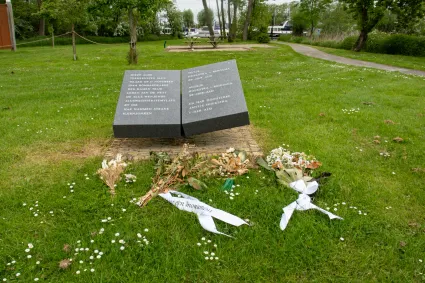 Terherne
Terherne -
Rustpunt de Jister
Rustpunt de Jister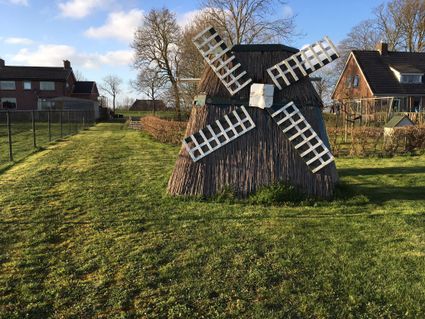 Ginnum
Ginnum -
Onze Groene Koe
Onze Groene Koe Twijzelerheide
Twijzelerheide -
Informatiepunt de Alde Feanen
Informatiepunt de Alde Feanen Earnewâld
Earnewâld -
Leeuwarden (Ljouwert)
Leeuwarden (Ljouwert) Leeuwarden
Leeuwarden -
Veerpont Zonnepont De Oerhaal (Wartena)
Veerpont Zonnepont De Oerhaal (Wartena) Eernewoude
Eernewoude -
SUP Centre Fryslân
SUP Centre Fryslân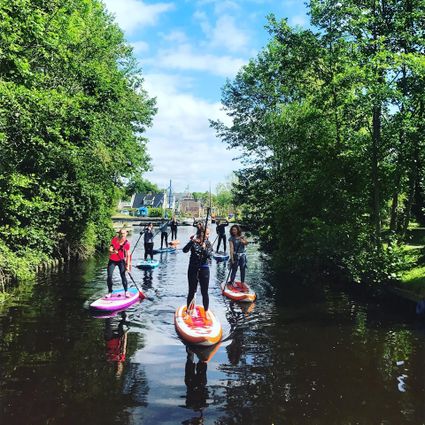 Rottevalle
Rottevalle -
Skûltsje Klaasslúske
Skûltsje Klaasslúske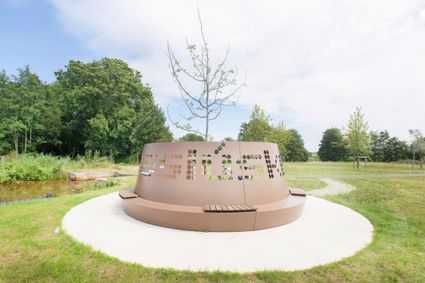 Ryptsjerk
Ryptsjerk -
Dykswâlen
Dykswâlen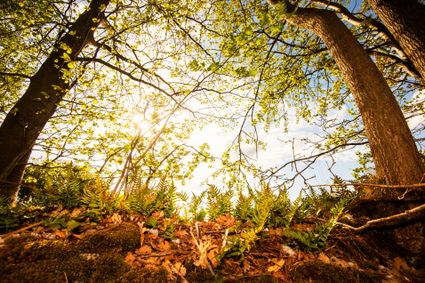 Eastermar
Eastermar -
Stania State Country House and Estate
Stania State Country House and Estate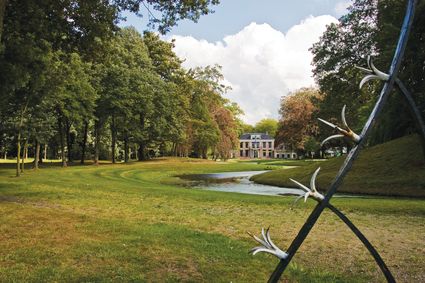 Oentsjerk
Oentsjerk -
Pingo
Pingo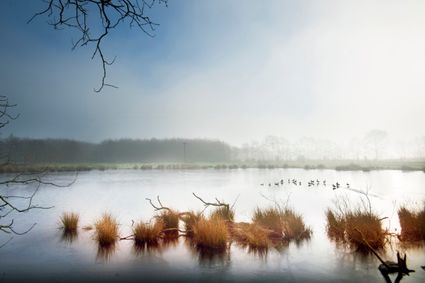 Burgum
Burgum -
De Groote Wielen
De Groote Wielen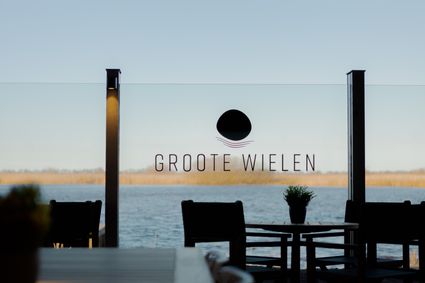 Leeuwarden
Leeuwarden -
Glinstra State
Glinstra State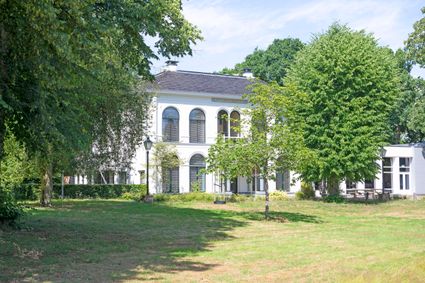 Burgum
Burgum -
The Spitkeet
The Spitkeet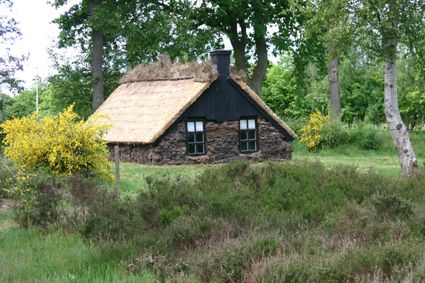 Harkema
Harkema -
Alexanderkerk Rinsumageast
Alexanderkerk Rinsumageast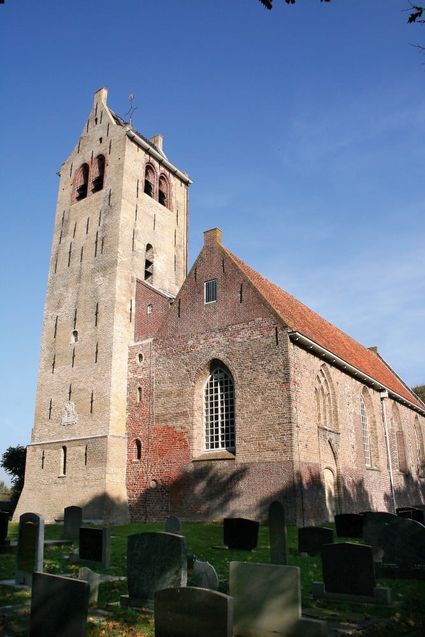 Rinsumageast
Rinsumageast -
Landal Natuurdorp Suyderoogh
Landal Natuurdorp Suyderoogh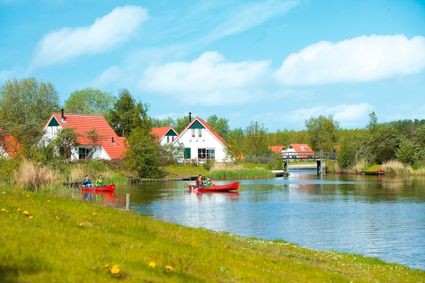 Lauwersoog
Lauwersoog -
Kinderboerderij Anna Zijlstra hoeve
Kinderboerderij Anna Zijlstra hoeve Dokkum
Dokkum -
Sint-Bonifatiuskerk Damwâld
Sint-Bonifatiuskerk Damwâld Damwâld
Damwâld -
IJssalon en patisserie W’iis
IJssalon en patisserie W’iis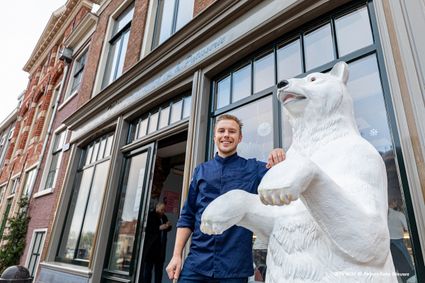 Dokkum
Dokkum -
Eastermar - De Achterwei - Uitkijkpunt
Eastermar - De Achterwei - Uitkijkpunt Eastermar
Eastermar -
Vissershuisjes Zoutkamp
Vissershuisjes Zoutkamp Zoutkamp
Zoutkamp -
Nieuwebildtzijl (Nije-Syl)
Nieuwebildtzijl (Nije-Syl)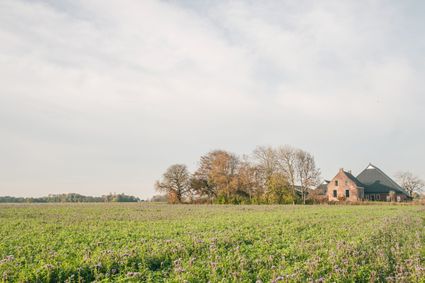 Nieuwebildtzijl
Nieuwebildtzijl -
Old Town Hall in Dokkum
Old Town Hall in Dokkum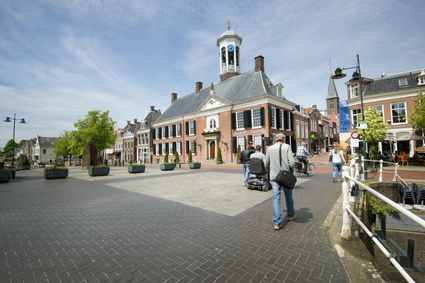 Dokkum
Dokkum -
Alde Feanen - Ierdige Mar - Vogelkijkhut
Alde Feanen - Ierdige Mar - Vogelkijkhut Earnewâld
Earnewâld -
Zwaluwhaven Ald Dwinger
Zwaluwhaven Ald Dwinger Warten
Warten -
Seventy evacuees from Arnhem and Limburg
Seventy evacuees from Arnhem and Limburg
The grave monument in Gytsjerkwas erected in memory of Maria v/d Heuij. Maria was one of seventy evacuees from Arnhem and Limburg who arrived in Gytsjerk on 22 January 1945. Maria died a day later, just a few months old. The harsh conditions during the trip had proved fatal to her. Maria did not live to see the liberation. Fortunately, many of the other evacuees with whom she undertook the journey did.
Symbolism
The monument's spiritual father, artist Klaas Bokma, chose two carts because this was the means of transport often used by evacuees. The four withered trees symbolise death. The cross is not only a symbol of the Christian faith, but also a reminder of the sacrifice made by war victims for a life of freedom.
The oldest pupils of Ichtus and Thrimwalda primary schools take care of this monument.
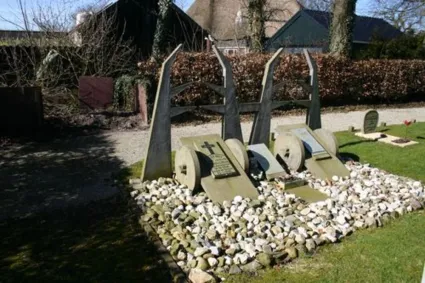 Gytsjerk
Gytsjerk -
De Leijen - De Putten - Uitkijktoren
De Leijen - De Putten - Uitkijktoren Eastermar
Eastermar -
Uitzichtpunt met bank
Uitzichtpunt met bank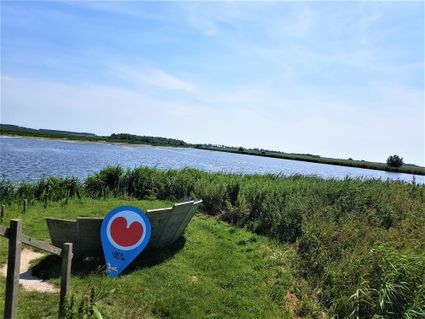 Anjum
Anjum


